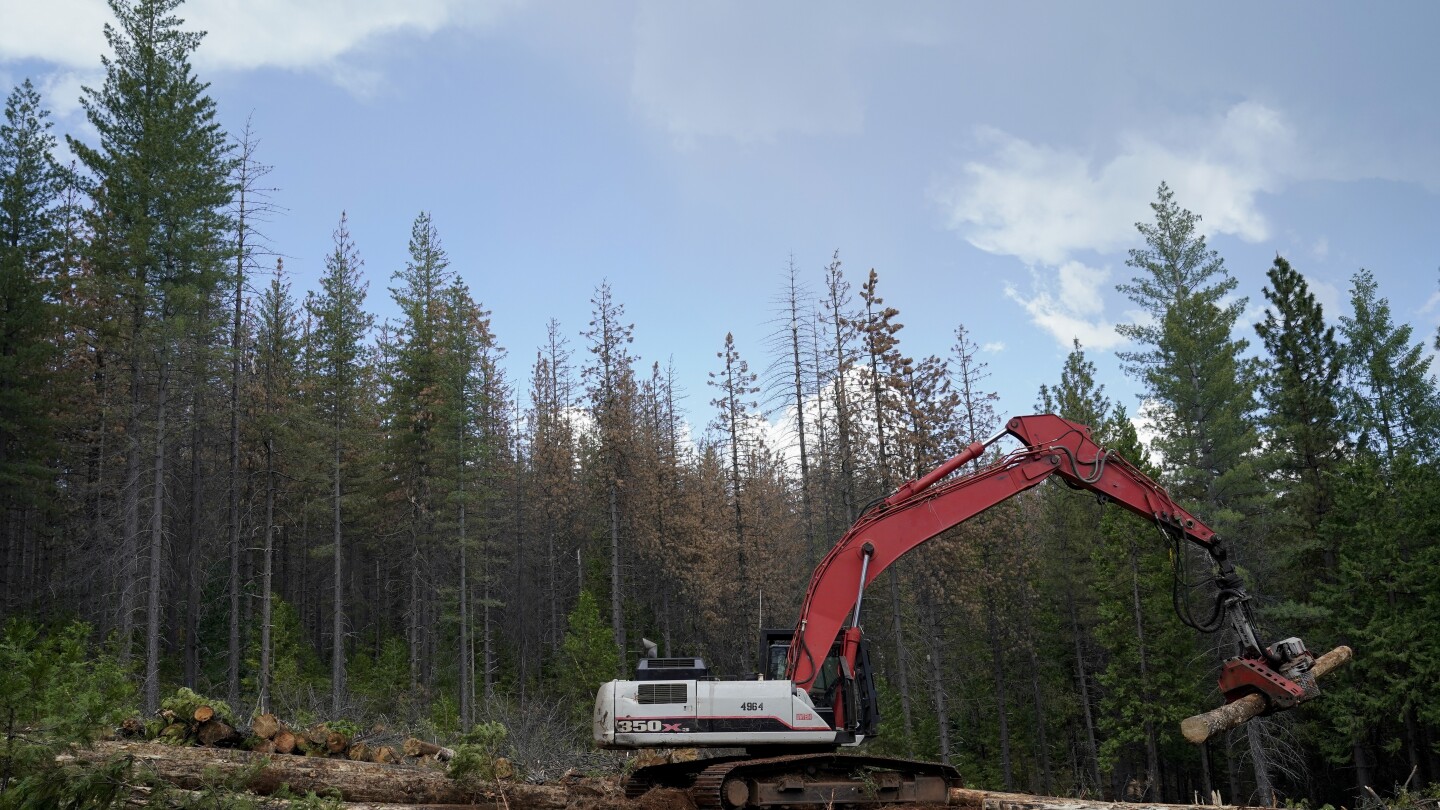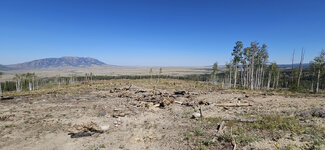cfdjay
WKR
- Joined
- Feb 21, 2016
- Messages
- 882
How much do you think this will realistically affect public land hunting? Genuine question I'm hoping someone close to or possibly in the industry can shed some light on.

 apnews.com
apnews.com
Trump administration rolls back forest protections in bid to ramp up logging
President Donald Trump's administration has rolled back environmental protections around future logging projects on more than half of U.S. national forests under an emergency designation issued Friday that cites the dangers of wildfires.

